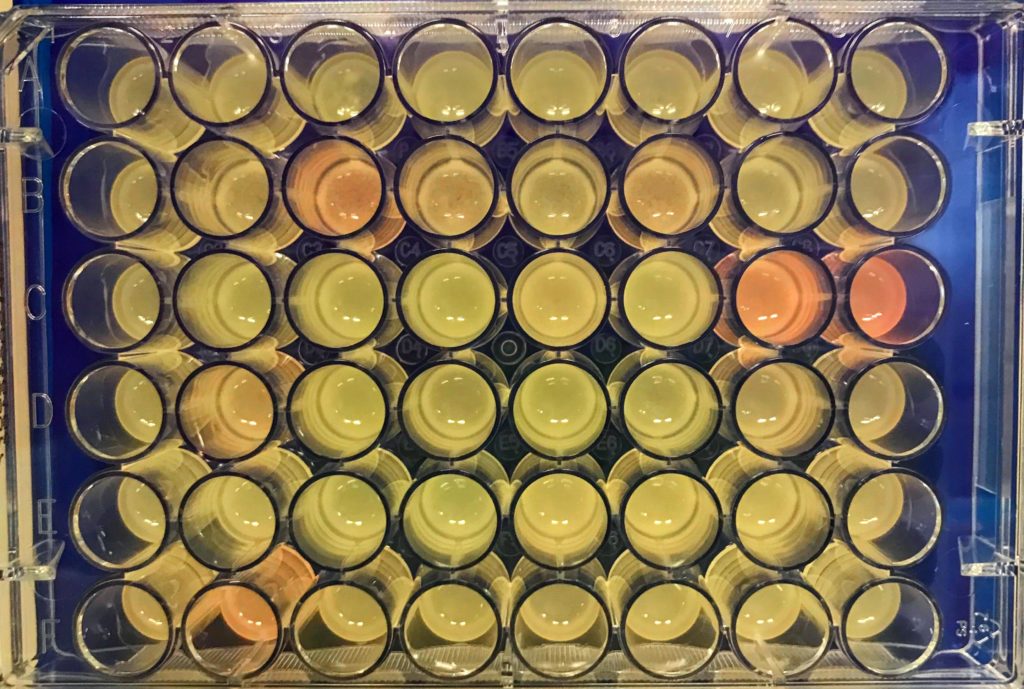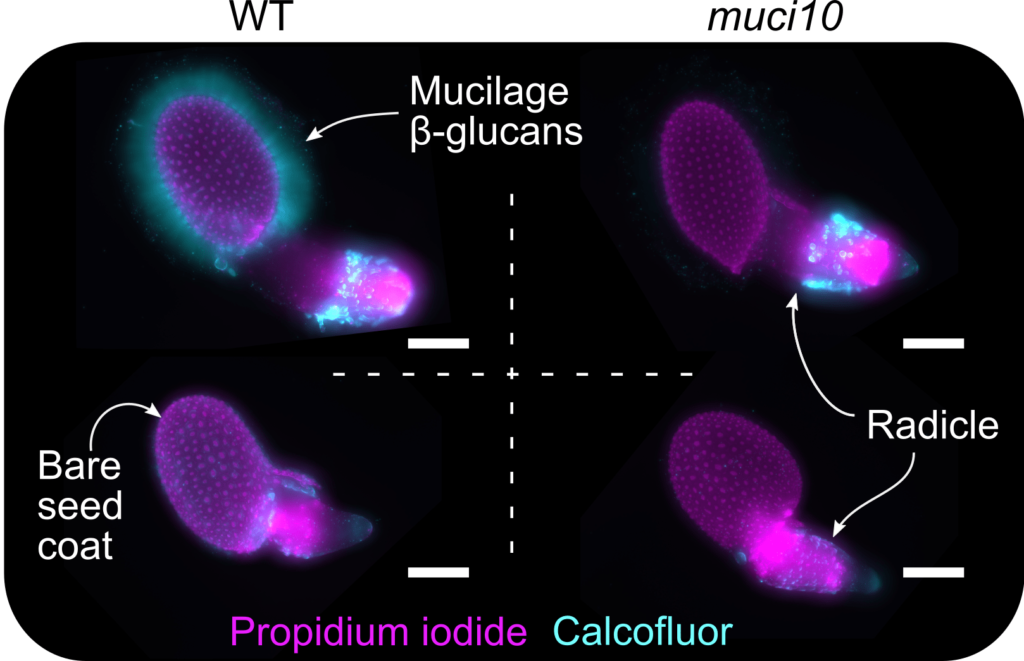Plant Synthetic Biology and Cell Walls
Welcome to the online home of the Designer Glycans!
Click here to meet our current research team members.
Our lab is located on University of Florida’s main campus in sunny Gainesville, halfway between the Gulf & Atlantic coastline. We are part of the Institute of Food and Agricultural Sciences (IFAS), and are affiliated with Plant Molecular and Cellular Biology, the Genetics Institute, and the Artificial Intelligence Academic Initiative Center.



Research overview
The mission of the Designer Glycans group is to design new paths to control the function, synthesis, and modification of plant Cell Wall Polysaccharides. Mechanistic insights in these areas, coupled with advances in Plant Synthetic Biology, will enable the assembly of sugar units into tailor-made polysaccharides with desirable agricultural or industrial properties.
The Designer Glycans lab uses several approaches (natural variation, reverse genetics and synthetic biology) to discover enzymes and chemical mediators that establish and modulate cellulose-hemicellulose networks in plants. We primarily focus on heteromannan, an ancient class of hemicellulose that is found throughout the plant kingdom. Polymers built of β-1,4-linked mannose units are particularly abundant in algae, legumes, and conifers. From ice cream to cosmetics, many products contain legume-extracted galactomannans as stabilizers.
Mailing Address
Dr. Cătălin Voiniciuc
Horticultural Sciences Department
2550 Hull Road, PO Box 110690
Gainesville, Florida 32611
United States of America
Laboratory Address
Building 885, Lab 003
2432 Hull Road
Gainesville, Florida 32611
cvoiniciuc [at] ufl.edu | (352) 273-4782
- Plant SynBio Workshop
 Andrew Hanson and I are co-organizing an NSF-sponsored workshop at the University of Florida main campus in Gainesville from Friday, February 28 to Sunday, March 2, 2025. This 2½-day workshop is specifically for US-based early-career researchers (ECRs). Its theme is… Continue reading Plant SynBio Workshop
Andrew Hanson and I are co-organizing an NSF-sponsored workshop at the University of Florida main campus in Gainesville from Friday, February 28 to Sunday, March 2, 2025. This 2½-day workshop is specifically for US-based early-career researchers (ECRs). Its theme is… Continue reading Plant SynBio Workshop - The Future is HereDoes anyone else feel like 2023 flew by? Here are some of the many highlights from the Designer Glycans team in the last 6 months: In the summer, both Annika and Madalen submitted their doctoral dissertations in Germany. Annika successfully… Continue reading The Future is Here
The physical home of the Designer Glycans lab is shown above.